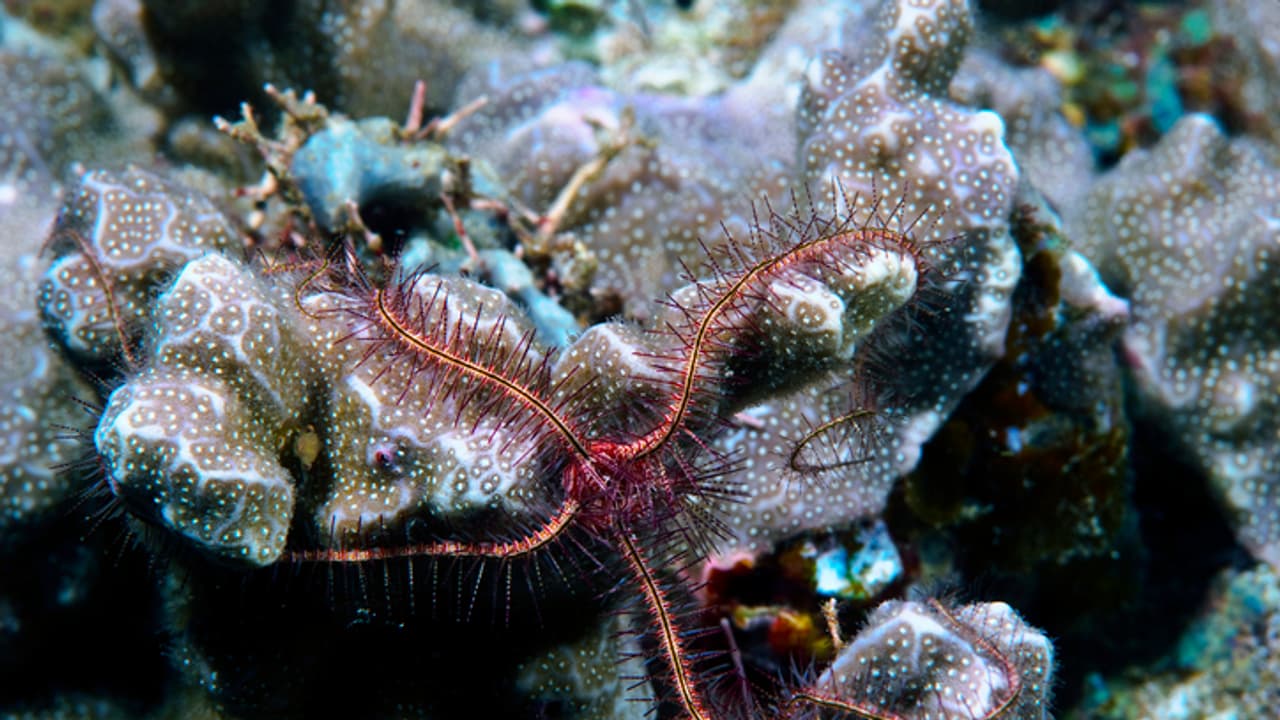New research reveals a deep-sea “superhighway” connecting marine life across the globe for millions of years. Brittle stars, using ocean currents, have spread surprisingly far, challenging previous assumptions about deep-sea isolation.
A first of its kind research has uncovered something surprising about the deep sea. Scientists have always thought of the deep sea as disconnected and isolated from the rest of the world, but the research shows that marine life at the bottom of the ocean has been travelling and spreading across the globe for millions of years, thanks to an underwater “superhighway.” Published in the journal Nature on July 23 and led by researchers at the Museums Victoria Research Institute in Australia, the study focused on the global distribution and evolution of creatures called brittle stars.
Brittle stars are star-fish like animals that have lived in oceans for over 480 million years. They are found everywhere around the globe from shallow coastlines to some of the deepest and unexplored places on Earth.
For the purpose of study, the scientists collected specimens from 48 museums around the world and analysed the DNA of nearly 2,700 brittle stars. The results showed a detailed picture of how these animals moved and evolved over the last 100 million years.
How Do Brittle Stars Travel So Far?
Brittle stars are not like fish or whales that swim. They stay in one place and yet over time, they’ve managed to spread from one part of the world to another. Over millions of years, they spread from places like Iceland all the way to Tasmania, thousands of kilometres apart.
Brittle stars manage to travel long distances through their larvae. These tiny creatures release larvae into the water, which are rich in yolk and can survive for a long time in cold, deep water. These larvae drift without effort in slow ocean currents, sometimes for weeks or even months, until they settle and grow into adults.
Because deep-sea environments don’t change much in temperature, unlike surface waters, these creatures can survive and thrive over wide areas of the ocean.
A Global Family Tree
The research also showed that brittle stars found at the opposite sides of the planet have surprising similarities. For example, species living off the coast of southern Australia were genetically similar to those in the North Atlantic Ocean. Contrary to what was previously believed, these deep-sea creatures have been moving and mixing remarkably over millions of years. On the other hand, animals living in shallow waters don’t show these similarities, as they’re more affected by changes in temperature and other surface conditions than deep-sea animals.
However, even though the deep sea is well-connected by this “superhighway,” the species are far from uniform. Some regions are rich in species, while others have fewer. The difference is due to environmental changes, underwater geography, changing ocean conditions, rising temperatures, which all shape how life is distributed.
Why This Matters
As the world changes around us and industries look to the deep ocean for resources through activities like deep-sea mining, it becomes even more important to protect marine life.
“It’s a paradox. The deep sea is highly connected, but also incredibly fragile,” Dr Tim O’Hara, lead scientist on the project. “Understanding how life is distributed and moves through this vast environment is essential if we want to protect it, especially as threats from deep-sea mining and climate change increase.”
Another note of appreciation goes to global museums that supported the research. The project brought together more than 40 organizations worldwide, including natural history museums, universities, and marine science groups. Many of the DNA samples were collected from specimens kept safe at museums for decades.
“This is science on a global scale,” said Lynley Crosswell, CEO and Director of Museums Victoria. “It demonstrates how museums, through international collaboration and the preservation of biodiversity specimens, can unlock new knowledge about our planet’s past and help shape its future.”
Because museums had preserved these specimens, scientists today were able to unlock new insights about the ocean’s past.
